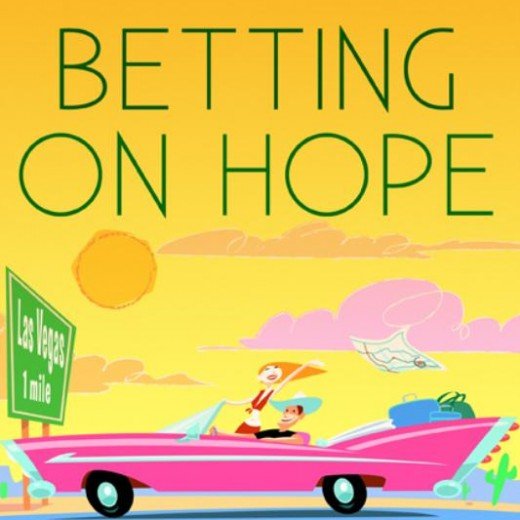4 Tips for Creating a Writing Portfolio by Linnea Gradin
 Let’s welcome back Linnea Gradin as she shares with us “4 Tips for Creating a Writing Portfolio.” Enjoy!
Let’s welcome back Linnea Gradin as she shares with us “4 Tips for Creating a Writing Portfolio.” Enjoy!
***
A writing portfolio is a great tool to help build your author brand, whether you’re establishing yourself as a freelance writer or you’re a writer looking to purposefully display your collected works of fiction.
More than just a summary of everything you’ve ever written, a well-designed and curated portfolio should serve as an introduction to who you are as a writer.
To help you put together a knock-out writing portfolio, here are four tips to set you on the right path.
1. Set clear intentions
In general, the goal of a writing portfolio is to structure your oeuvre in an accessible way and to tell the overarching story of who you are as a writer.
But beyond that, it’s about showing what type of writer you are and what type of client you’re looking for.
For example, you could be a freelance writer trying to find freelance writing jobs in the tech space, or a ghostwriter trying to gain memoir projects, and have two very different portfolios.
Whatever your goal is, before you start putting your portfolio together, try to picture your ideal client and what language they speak, both in terms of actual writing and visual expression.
Ultimately, everything in your portfolio should lead back to your answers to these questions, creating a red thread that guides the portfolio visitor on the journey you want to take them on.
2. Be specific in your curation
Once you have your red thread and purpose clearly in mind, it’s time to curate your portfolio.
At this stage, don’t be afraid to be selective. Putting everything you’ve ever written into your portfolio can be highly counter-productive as it muddles the story you’re trying to tell.
Additionally, this might invite a wide variety of clients — including ones you’re not excited to work with.
Responding to unwanted offers will take time away from writing, and accepting work you’re not excited about should be a last resort, so it’s in your own best interest to be selective with your portfolio.
Let’s say you’re a sci-fi author who has been producing work in various sub-genres but your latest pieces have all included feminist themes and now you want your portfolio and author brand to reflect that.
In that case, you should lead with the stories where this is most prominent.
Depending on how extensive your backlist is, you can choose to leave some pieces that don’t support this image of you as an author out or you can include everything you’ve written, but in a descending order of importance.
Don’t be afraid of putting some people off with specific messaging; would you really want to work with the type of person who would be offended by something that is important to you in the first place?
You can also highlight any piece of writing that has done exceptionally well.
Perhaps you’re an aspiring fashion journalist who had a blog post on floral fabrics go viral.
Leading with this will help draw the right type of client in and shows that you’re both knowledgeable on the topic and know where your strengths lie in your field of freelance writing.
Curating your portfolio in this way invites confidence, as it shows that you put a lot of thought into everything you do.
3. Focus on functional design
While you’ll want to consider our market niche when it comes to design, as a rule of thumb, simple, clean portfolios are usually better than overly stylized ones.
For a portfolio, while the design is important, it should not overshadow your writing, so think about how you can make the design functional rather than purely decorative.
If you’re hosting your portfolio online, you can choose pre-made websites made for portfolios, such as MuchRack or Clippings.me, which offer some simple but effective design options.
You can also get more involved and pick a website host such as Squarespace or even hire a website designer.
4. Remember it’s not really about you
As a last piece of advice, while your portfolio is all about highlighting your past work, it is in fact more about the client than it is about you.
What skills and services can you offer to your client?
I’m not saying to change yourself to please others, but it can be easier to see yourself objectively and what qualities you possess that a future client or reader would want to know about when you put the focus on the client instead of yourself.
As a bonus, it can help you get over any cringe you might feel about self-promotion.
And there you have it. Whether you’re trying to turn your hobby into a side hustle or you’re putting more conscious effort into your author branding, a well-curated portfolio can help you reach the type of clients and readers you would love to write for. Good luck!
***
ABOUT THE AUTHOR
![]() Linnea Gradin writes about writing and publishing over at Reedsy — a website that connects authors with freelancing publishing professionals and gives advice on everything writing and (self)publishing-related from how to design a book cover to where to find the best online creative writing classes.
Linnea Gradin writes about writing and publishing over at Reedsy — a website that connects authors with freelancing publishing professionals and gives advice on everything writing and (self)publishing-related from how to design a book cover to where to find the best online creative writing classes.






